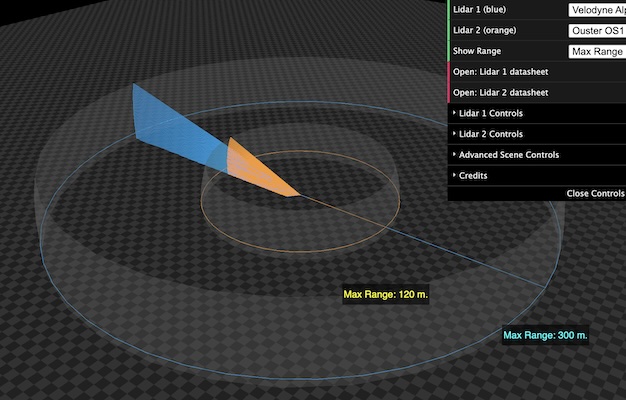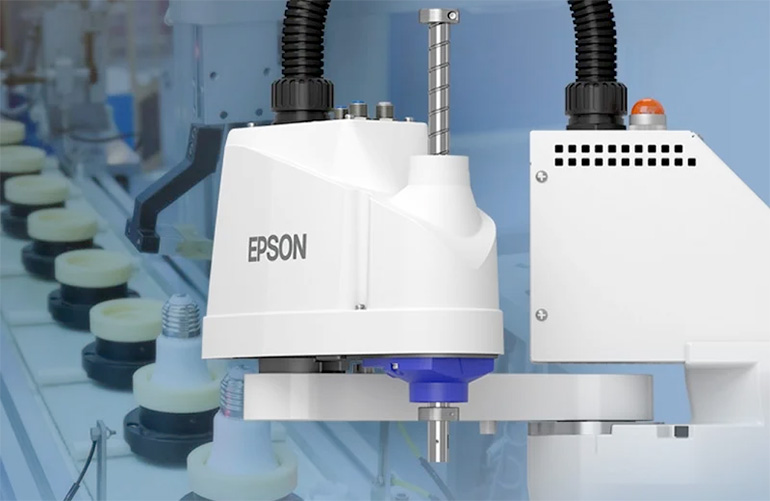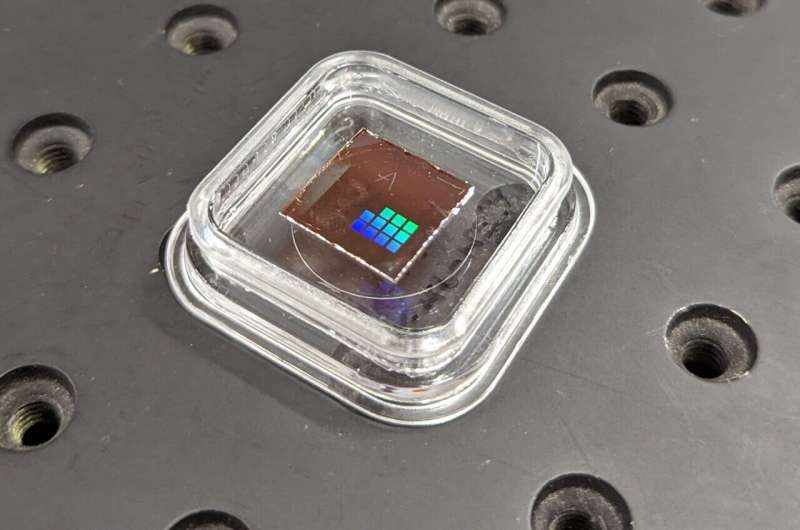In the ever-evolving world of robotics and autonomous systems, one technology stands out as a critical enabler: Light Detection and Ranging (LiDAR). This sensing method, which uses pulsed laser light to measure distance, plays a vital role in functions such as obstacle avoidance, object detection, and object identification, making it an indispensable component for autonomous vehicles and robots.
For developers and engineers seeking to incorporate LiDAR into their robotic projects, the evaluation process can be a daunting task. However, Tangram Vision, a startup building software and hardware for robotic perception, aims to simplify this process with the launch of an interactive tool called the "Spinning LiDAR Visualizer."
The Spinning LiDAR Visualizer is a game-changer in the world of LiDAR selection. It allows users to compare a staggering 28 LiDAR models from leading manufacturers such as Hesai, Ouster, Quanergy, RoboSense, and Velodyne. With this tool, engineers can select up to two LiDAR sensors and analyze critical parameters such as maximum range, range at 10% reflectivity, angular resolution, and field of view.
But that's not all – the visualizer also offers an immersive experience. Users can click and drag to change viewpoints, providing a comprehensive understanding of the sensor's capabilities. And for those who want to take their exploration even further, the tool can be embedded elsewhere or even modified on GitLab, thanks to its open-source nature.
Adam Rodnitzky, COO and Co-founder of Tangram Vision, expressed the company's vision behind this innovative tool: "From day one, our goal for Tangram Vision has been to build the tools and resources we always wished we'd had as perception engineers. Some of that comes in the form of products like our calibration tools, and some in the form of open-source projects, like this new LiDAR visualizer and comparison tool."
The Spinning LiDAR Visualizer is not Tangram Vision's first foray into interactive visualization tools. In 2021, the company launched an interactive depth sensor visualizer, which received positive feedback from users. Encouraged by the response, the team decided to develop a similar tool for LiDAR sensors, addressing a pressing need in the industry.
Rodnitzky acknowledged the challenges faced by perception engineers, stating, "Generally speaking, there is still a dearth of good resources for perception engineers. For many tasks, a lot of time is taken up by research, or trial and error, or simply forging new paths that have yet to be made. We're just trying to do our part to build up a bank of resources that let engineers focus more on productive work, and less on rote tasks that should already be solved."
In addition to the Spinning LiDAR Visualizer, Tangram Vision has also released its 2024 Perception Industry Market Map, offering a comprehensive look at over 100 companies developing hardware and software for robots, autonomous vehicles, and more.
Tangram Vision's commitment to innovation extends beyond software tools. Late in 2023, the company announced its first foray into perception hardware with its HiFi 3D depth sensor. This cutting-edge sensor combines a 136° DFOV 2.2MP global shutter IR stereo pair with a 136° DFOV 2MP RGB camera and dual active projectors for high-quality depth maps. Additionally, the onboard deep-learning matrix multiply accelerator, operating at 8 TOPS and coupled with 16Gb of onboard memory, allows developers to run machine learning training and processes at the edge, training models with continually calibrated, high-accuracy depth data.
As the demand for autonomous systems and robots continues to grow, Tangram Vision's efforts to simplify and streamline the development process are poised to make a significant impact. With tools like the Spinning LiDAR Visualizer and their cutting-edge hardware offerings, the company is empowering engineers and developers to push the boundaries of what's possible in the realm of robotic perception.


















